Full text
PDF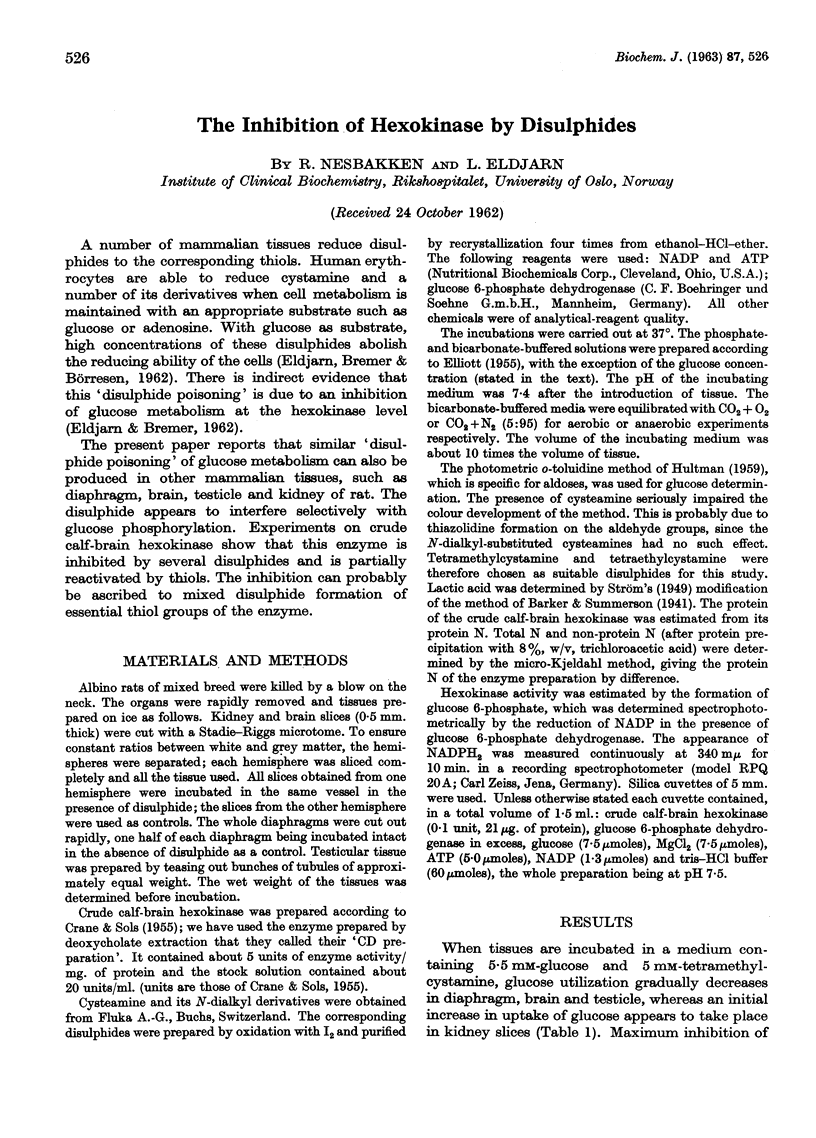
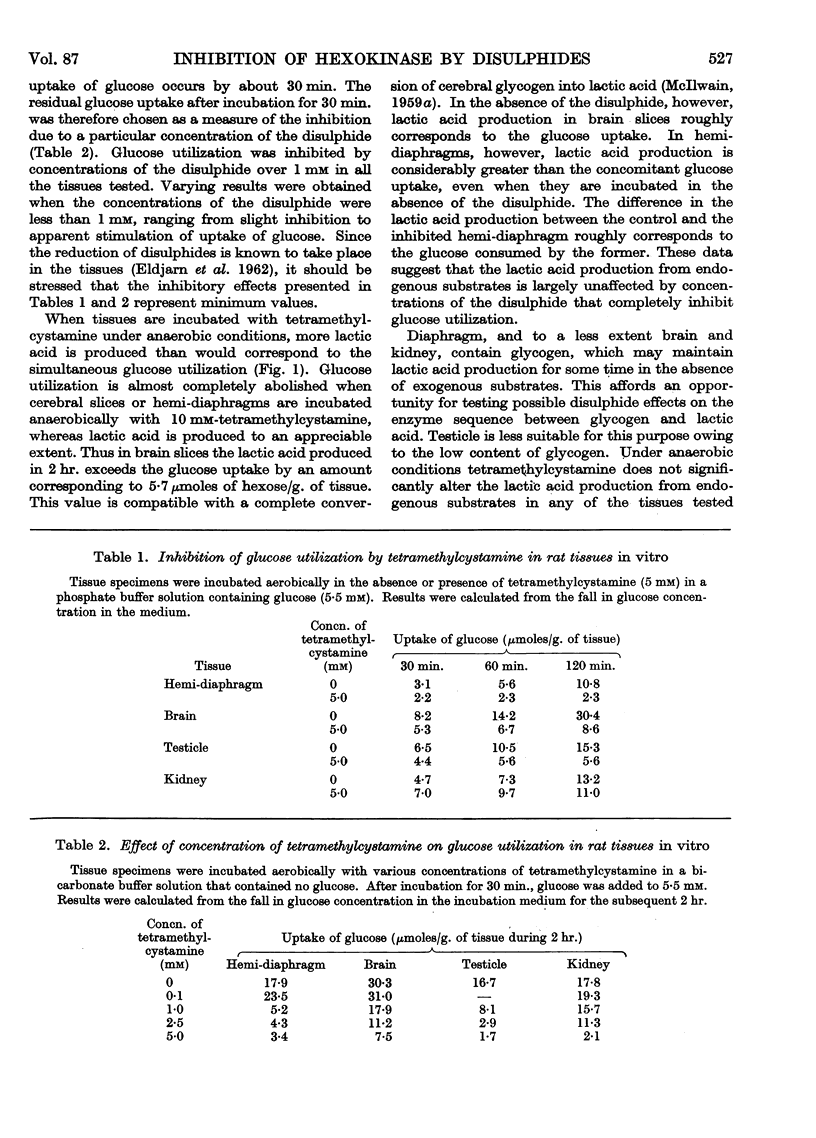
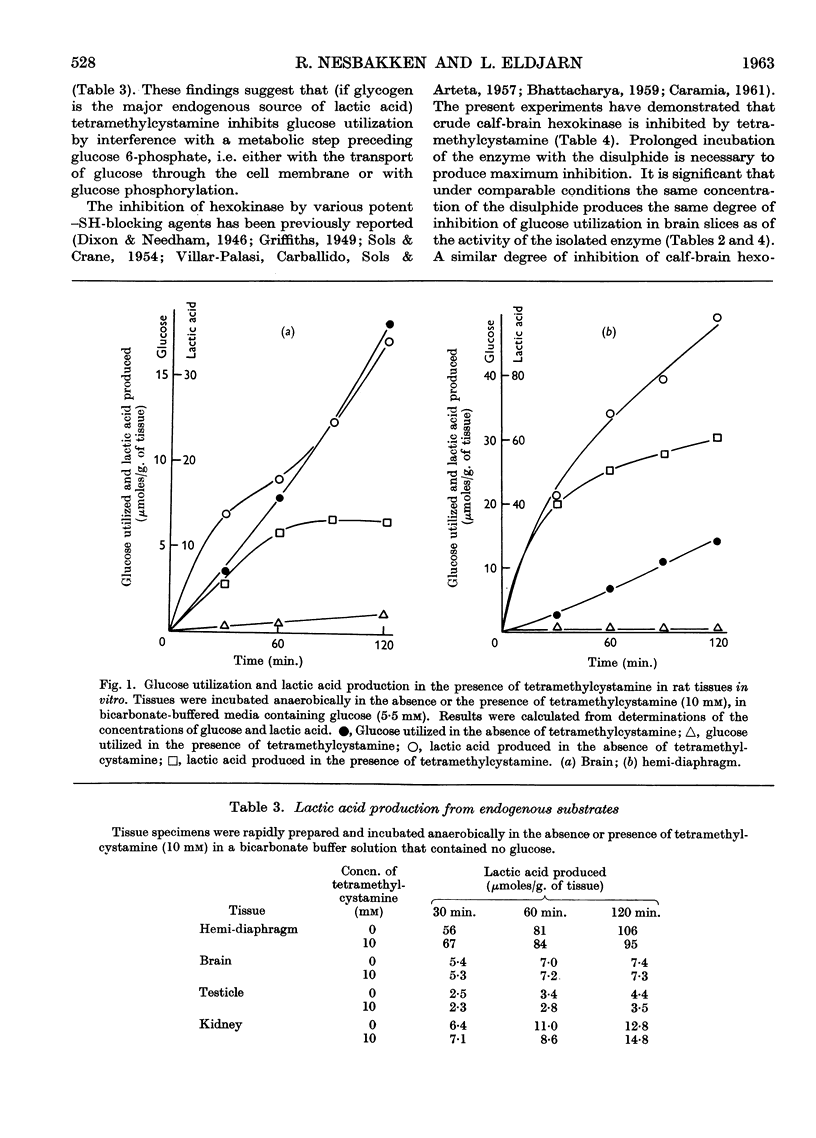
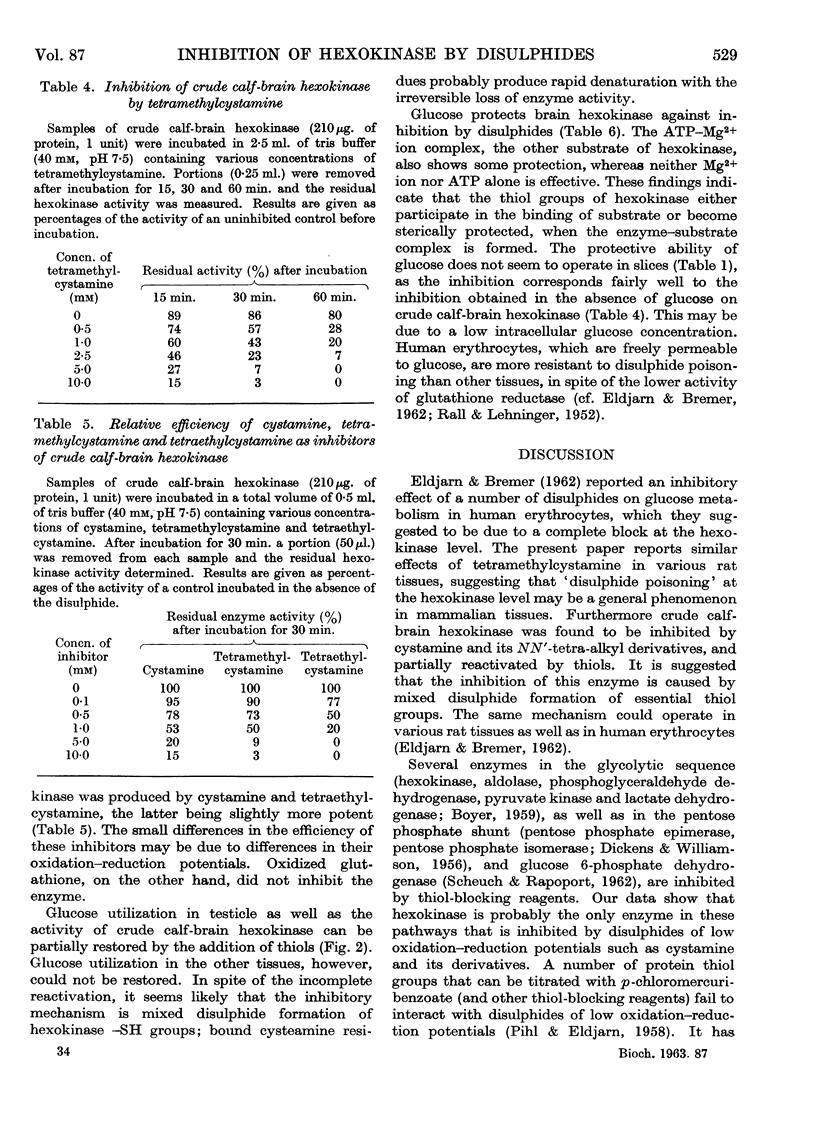
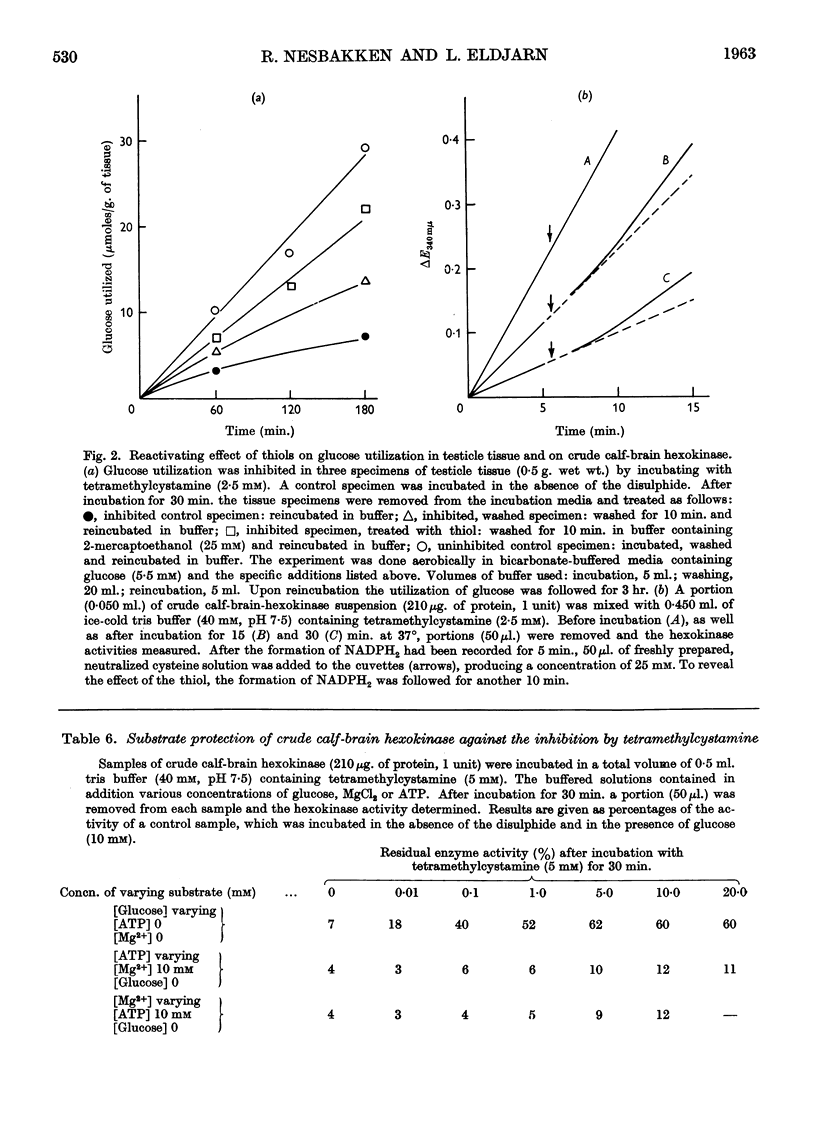
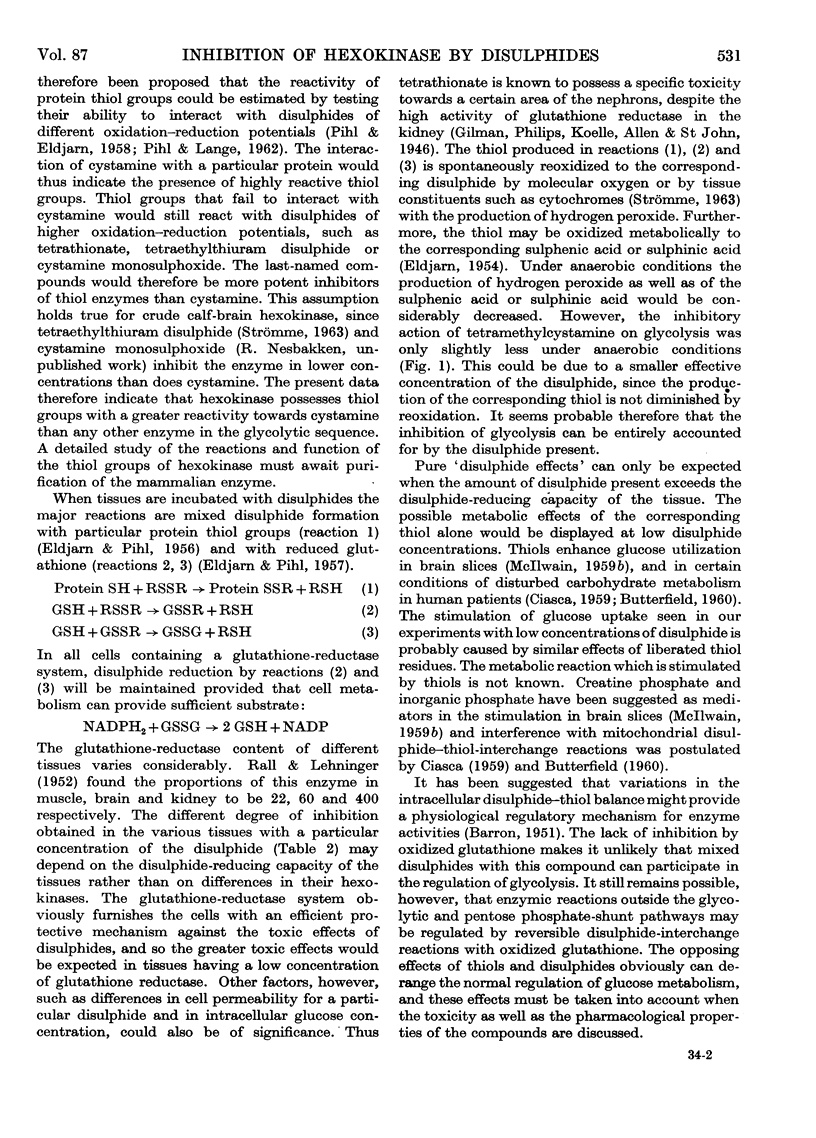
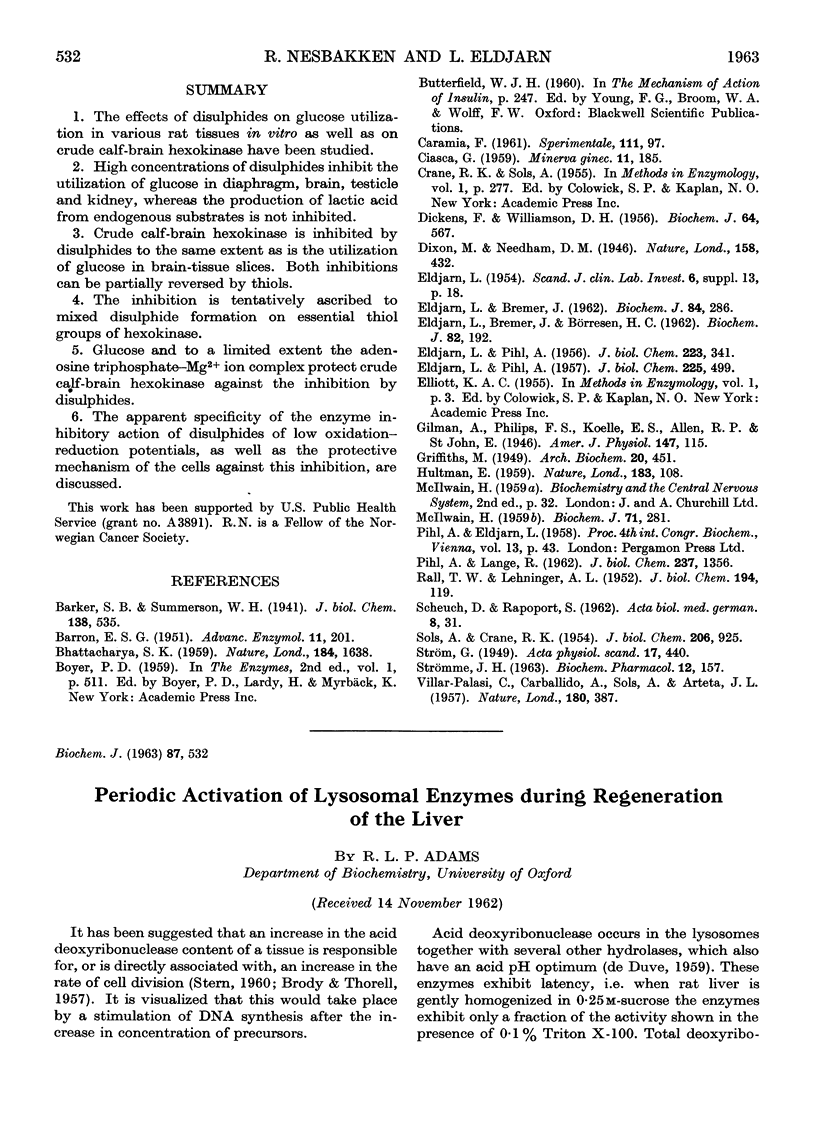
Selected References
These references are in PubMed. This may not be the complete list of references from this article.
- BHATTACHARYA S. K. Inhibition of liver hexokinase by dehydroascorbic acid and alloxan. Nature. 1959 Nov 21;184(Suppl 21):1638–1640. doi: 10.1038/1841638b0. [DOI] [PubMed] [Google Scholar]
- CARAMIA F. [Action of dehydroascorbic acid on hexokinase]. Sperimentale. 1961 Mar-Apr;3:97–103. [PubMed] [Google Scholar]
- CIASCA G. Azione sul metabolismo glicidico della betamercaptoetilamina in alcune forme ostetrico-ginecologiche. Minerva Ginecol. 1959 Mar 15;11(5):185–197. [PubMed] [Google Scholar]
- DICKENS F., WILLIAMSON D. H. Pentose phosphate isomerase and epimerase from animal tissues. Biochem J. 1956 Nov;64(3):567–578. doi: 10.1042/bj0640567. [DOI] [PMC free article] [PubMed] [Google Scholar]
- ELDJARN L., BREMER J., BORRESEN H. C. The reduction of disulphides by human erythrocytes. Biochem J. 1962 Jan;82:192–197. doi: 10.1042/bj0820192. [DOI] [PMC free article] [PubMed] [Google Scholar]
- ELDJARN L., BREMER J. The inhibitory effect at the hexokinase level of disulphides on glucose metabolism in human erythrocytes. Biochem J. 1962 Aug;84:286–291. doi: 10.1042/bj0840286. [DOI] [PMC free article] [PubMed] [Google Scholar]
- ELDJARN L., PIHL A. On the mode of action of x-ray protective agents. I. The fixation in vivo of cystamine and cysteamine to proteins. J Biol Chem. 1956 Nov;223(1):341–352. [PubMed] [Google Scholar]
- ELDJARN L., PIHL A. On the mode of action of x-ray protective agents. II. Interaction between biologically important thiols and disulfides. J Biol Chem. 1957 Mar;225(1):499–510. [PubMed] [Google Scholar]
- HULTMAN E. Rapid specific method for determination of aldosaccharides in body fluids. Nature. 1959 Jan 10;183(4654):108–109. doi: 10.1038/183108a0. [DOI] [PubMed] [Google Scholar]
- McILWAIN H. Thiols and the control of carbohydrate metabolism in cerebral tissues. Biochem J. 1959 Feb;71(2):281–285. doi: 10.1042/bj0710281. [DOI] [PMC free article] [PubMed] [Google Scholar]
- PIHL A., LANGE R. The interaction of oxidized glutathione, cystamine monosulfoxide, and tetrathionate with the-SH groups of rabbit muscle D-glyceraldehyde 3-phosphate dehydrogenase. J Biol Chem. 1962 Apr;237:1356–1362. [PubMed] [Google Scholar]
- RALL T. W., LEHNINGER A. L. Glutathione reductase of animal tissues. J Biol Chem. 1952 Jan;194(1):119–130. [PubMed] [Google Scholar]
- SOLS A., CRANE R. K. The inhibition of brain hexokinase by adenosinediphosphate and sulfhydryl reagents. J Biol Chem. 1954 Feb;206(2):925–936. [PubMed] [Google Scholar]
- STROMME J. H. Inhibition of hexokinase by disulfiram and diethyldithiocarbamate. Biochem Pharmacol. 1963 Feb;12:157–166. doi: 10.1016/0006-2952(63)90180-1. [DOI] [PubMed] [Google Scholar]
- VILLAR-PALASI C., CARBALLIDO A., SOLS A., ARTETA J. L. Sensitivity of pancreas hexokinase towards alloxan and its modification by glucose. Nature. 1957 Aug 24;180(4582):387–388. doi: 10.1038/180387b0. [DOI] [PubMed] [Google Scholar]


